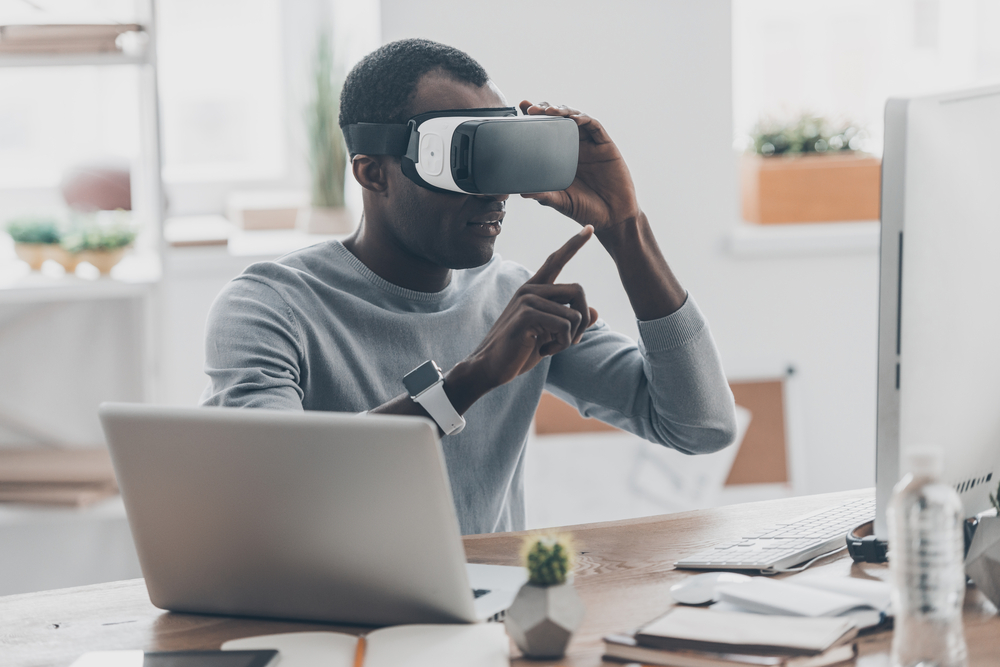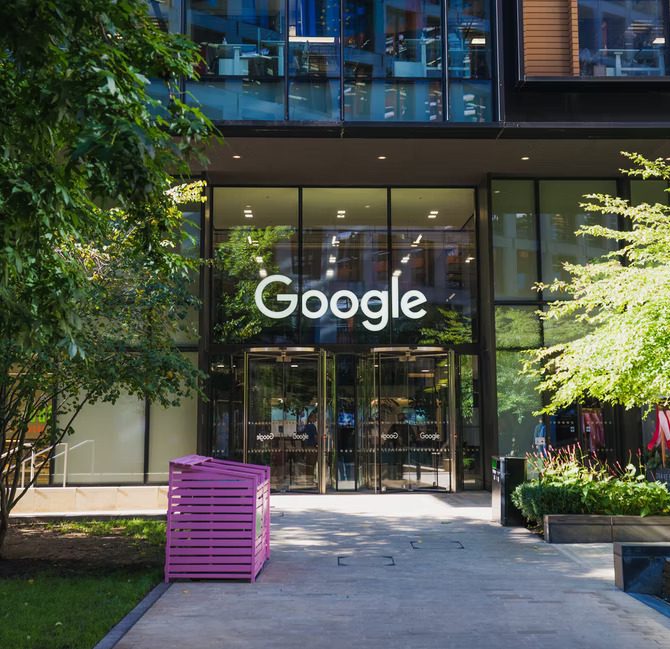Virtual reality has been all the craze in Silicon Valley. It’s understandable: the concept of blending the digital with the real has been the stuff of fiction until recent years, since major tech companies made leaps and bounds in creating a seamless integration of our online and offline worlds.
The most popular use of VR at the moment seems to be in gaming, giving players the option to immerse themselves in fantastical worlds and scenarios and come that much closer to becoming the hero of the story. But another VR-led experience is taking flight — and it’s looking to change the way we work.
In August 2021, Meta — formerly known as Facebook — launched its beta version of Horizon Workrooms. It acts as a collaboration platform for employees to gather in a virtual space and participate in usual work-related activities — meetings, presentations, workshops, seminars, or even just to catch up — without having to physically be together.
Unlike video-based applications like Zoom, Workrooms transports you into the meeting itself, projecting a virtual recreation of the office space — or any other professional space — around you. Employees speak to each other through avatars, or rather, digitally-animated versions of themselves that can act, speak and move around the room. In essence: they capture what you’re doing, saying, and emoting through VR.
Horizon Workrooms is more than just a space to meet with your co-workers, however. It has all the features of a collaborative space, the most distinctive being a shared whiteboard that you can write on through the use of your controller and any physical flat surface. For the individual worker, there’s the option to pair your computer to the application, allowing you to physically type, take notes, and share your screen in the virtual world.
According to beta users, it’s a concept that works. Journalists can attend a press briefing about the future of Meta and work, with Mark Zuckerberg only a few chairs away. CEOs can give out presentations to off-site employees without braving long flights. For those without a headset, there’s the option of dialing in via Zoom; their faces are projected onto a ‘screen’ in the middle of the conference table for every avatar to see.
Of course, there are limits to the ways in which you can express yourself in Workrooms. Avatars are only projected from the waist-up, for example, and teleport you around the room in lieu of walking. Still, it’s a far cry from the constraints of a Zoom call, giving a feel of actually being in a room with your colleagues even if you’re thousands of miles away.
A glimpse into the future of work
Digital collaborative platforms like Horizon Workrooms may seem futuristic to most at the moment. After all, VR headsets are not commonplace in every household at the moment, usually reserved to avid gamers or tech enthusiasts. However, with advances to the development of the metaverse, it’s hardly implausible to think that platforms like Workrooms are very likely to become normalised in the future.
Perhaps the greatest aspect of platforms like Workrooms is that it offers something that ordinary dial-in calls lack: a sense of real presence. The pandemic played a large role in highlighting the benefits of remote working, but also pointed out its flaws: feelings of loneliness and isolation and distracting home environments being some. Virtual reality environments solve all of these issues and more.
Still, Workrooms shows us that while the future of work will largely shift to the virtual sphere, much of it will be grounded in the physical world — a form of mixed reality. A distinct feature of Workrooms is in bringing a user’s physical desks into the VR space. Writing on the whiteboard, for example, is achieved by lining the controller (which acts as a pen) up against a flat surface, like your desk. Using your virtual computer requires typing on your physical keyboard. This, if anything, keeps the prospect of digital collaboration less fantastical, a tangible concept instead of a far-fetched dream.
What does this mean for the future of business?
Lower operational costs are certainly one distinct benefit. Transcending geographic borders are another — sponsoring work visas to relocate employees, for example, might become a thing of the past. Improved workplace safety, a decreased turnover rate, speeding up the learning process — it’s no question that VR workspaces will be a transformative experience for companies as a whole.
As with every advancement, there are inevitably some potential issues that could arise as well. VR users have already begun highlighting how prolonged time using headsets can be tiring for the eyes, as well as create neck cramps.
There’s also the matter of access — at the moment, VR headsets are not a widely-used gadget, but may become just as essential for work as the laptop has in the last decade. In this, company budgets may very well go to providing headsets for employees — a costly prospect. Either way, this leap into VR-stimulated work shows tremendous potential for improving the levels of productivity and communication amongst employees.
The clearest takeaway, however? Familiarising yourself with platforms like Workrooms should be high on every employee, manager, and CEO’s list, because VR is here, and it doesn’t look to be dwindling down anytime soon.
Keep up with the latest on changes to the workplace — get in touch with Hybrid today.




